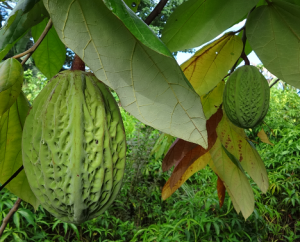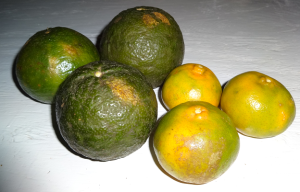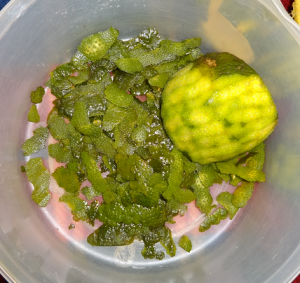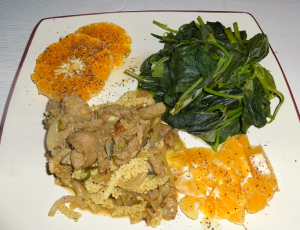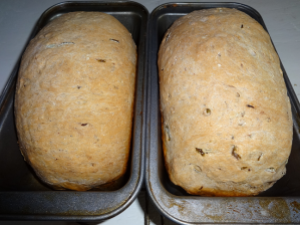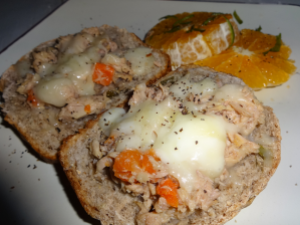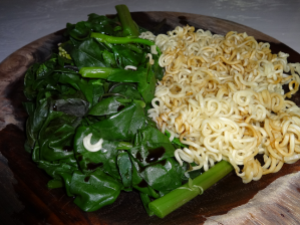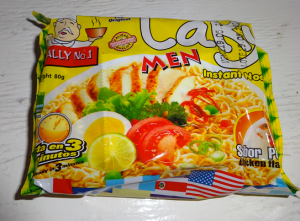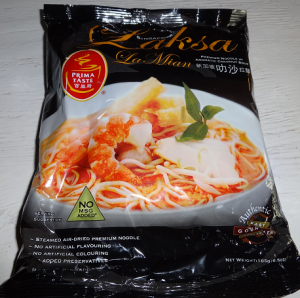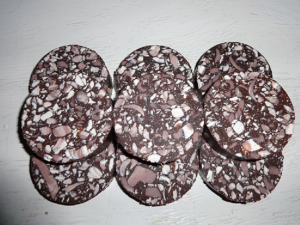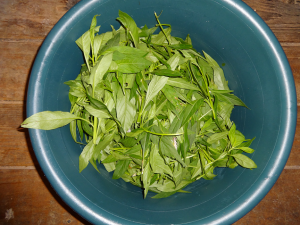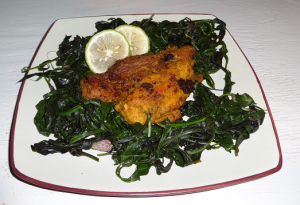I haven’t written a meal related article for a while. Well, it is because I have been having a bit of trouble with grapefruit. Straight after the Tangerine Marathon, the grapefruits started raining down.
Well the trouble started with trying to convert to a grapefruit only diet first of all…at the time, it seemed like a good idea (well, before we actually started). Anyway, I maxed out at only four grapefruits a day because I was eating the skin and pith around the flesh and it turned out to give me digestive problems. It started off with gastritis, a bit of abdominal spasm and then bountiful flatulence. It was not very amusing…I can tell you that.
Anyway, I am not one to give up on food so then I started eating only the pulp of the grapefruit. This meant that I had to painstakingly remove skin, pith and pips and with this tedious activity, I maxed out at two grapefruits a day.
I next tried to incoporate grapefruit pulp into all our main meals. It is actually okay used as a side serving with the mean meal in place of the vegetables. It is especially good with a fatty meal as the citrus helps to cut through the grease. However, the common yellow grapefruit is not particularly photogenic and the insipid pale yellow colour really doesn’t add excitement to the overall look of a dish.
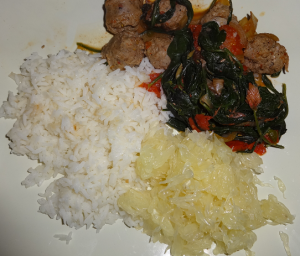
The picture is actually quite embarrassing but I assure you that the meal tasted better than it looked. This is real home cooked food which is made for the purposes of eating and not for appearances. Hence, sometimes colours are not correctly balanced but I suppose this is probably a better potrayal of real food.
Anyway, after a few days of that, the grapefruit citrus flavour was really getting on my nerves so I decided that some creativity was needed, on my part, to please the taste buds.
Well, I am of the opinion that any thing that is fried usually tastes good so I tried my hand at some grapefruit fritters. I basically mixed grapefruit pulp in flour and mixed it to a custard-like state with no water added. I added salt, pepper and chopped hot chilli peppers to the mixture. The result was okay; well, it looked okay:
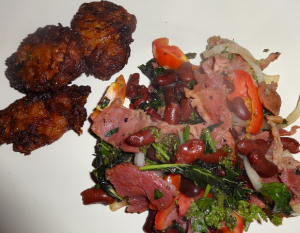
However, truth be told, the grapefruit fritters tasted quite bland and you couldn’t taste much of anything. The only thing going for it was that it happened to be deep fried in oil! So, sorry, this one is not going into the recipe section.
In conclusion, we all have our share of disasters and disappointments in the kitchen. Not every meal that you eat can be a snap-shot beauty but let’s try to remember that it is the taste that matters. Meanwhile, I will persist valiantly with the grapefruit eating since they are still falling off the tree!

